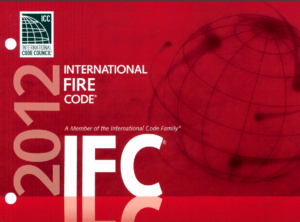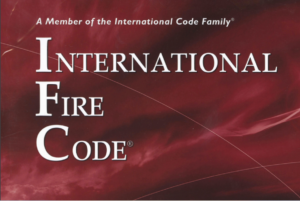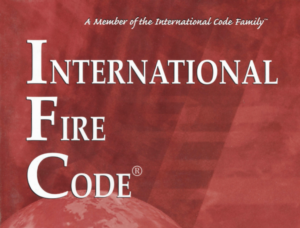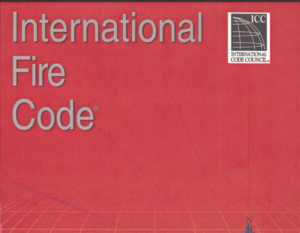The 2003 edition of NFPA 30, known as the Flammable and Combustible Liquids Code, is a crucial standard developed to ensure safe practices in the storage, handling, and use of flammable and combustible liquids. This code, approved as an American National Standard, incorporates substantial revisions and updates to align with technological advancements and regulatory requirements, ensuring enhanced safety in various operational environments dealing with hazardous liquids.
Significant updates in this edition include the consolidation of mandatory referenced publications into a new chapter for easier reference and the reorganization of definitions into a single chapter to streamline the code’s structure. Additionally, the code introduces changes to occupancy definitions to ensure consistency with other NFPA standards such as NFPA 1, NFPA 101®, and NFPA 5000™. Notably, there are adjustments in the separation distance requirements for protected aboveground tanks, reflecting more contemporary safety practices.
Key operational adjustments include special requirements for shop-fabricated tanks with long vertical piping and updated fire protection criteria for specific substances like unsaturated polyester resins. This edition also provides new guidelines for the use of high-expansion foam systems in fire protection, aiming to cover scenarios involving large quantities of flammable liquids in diverse containment scenarios.
This code plays a vital role in mitigating risks associated with flammable and combustible liquids, crucial for industries that store, handle, or process these materials. By updating and specifying technical and safety requirements, NFPA 30 helps protect facilities, personnel, and the environment from potential hazards posed by improper management of these volatile substances.






